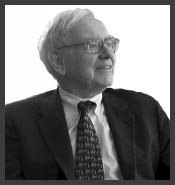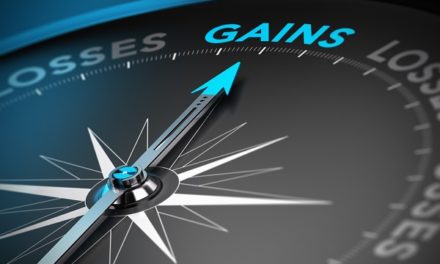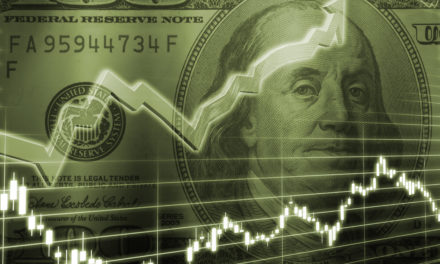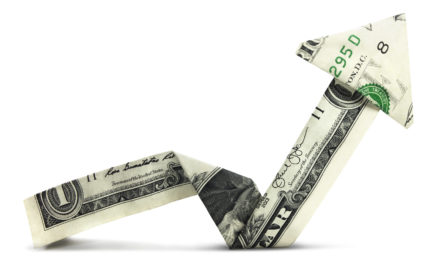
“I buy on the assumption that they could close the market the next day and not reopen it for five years.”
— Warren Buffett
A critical pearl of wisdom from Warren Buffett teaches us that with any potential stock investment we may make, as soon as our buy order is filled we will have a choice: to remain a co-owner of that company for the long haul, or to react to the inevitable short-term ups and downs that the stock market is famous for (sometimes sharp ups and downs).
The reality of this choice forces us to challenge our confidence in any given company we might invest into, and keep our eyes on the long-term time horizon. The market may go up and down the interim, but over a five year holding period, will the investment succeed?
Back in 2020, investors may have been asking themselves that very question about Tesla Inc (NASD: TSLA). Let’s examine what would have happened over a five year holding period, had you invested in TSLA shares back in 2020 and held on.
| Start date: | 01/06/2020 |
|
|||
| End date: | 01/03/2025 | ||||
| Start price/share: | $30.10 | ||||
| End price/share: | $410.44 | ||||
| Starting shares: | 332.23 | ||||
| Ending shares: | 332.23 | ||||
| Dividends reinvested/share: | $0.00 | ||||
| Total return: | 1,263.59% | ||||
| Average annual return: | 68.68% | ||||
| Starting investment: | $10,000.00 | ||||
| Ending investment: | $136,362.79 | ||||
As we can see, the five year investment result worked out exceptionally well, with an annualized rate of return of 68.68%. This would have turned a $10K investment made 5 years ago into $136,362.79 today (as of 01/03/2025). On a total return basis, that’s a result of 1,263.59% (something to think about: how might TSLA shares perform over the next 5 years?). [These numbers were computed with the Dividend Channel DRIP Returns Calculator.]
Another great investment quote to think about:
“Investors should always keep in mind that the most important metric is not the returns achieved but the returns weighed against the risks incurred. Ultimately, nothing should be more important to investors than the ability to sleep soundly at night.” — Seth Klarman




